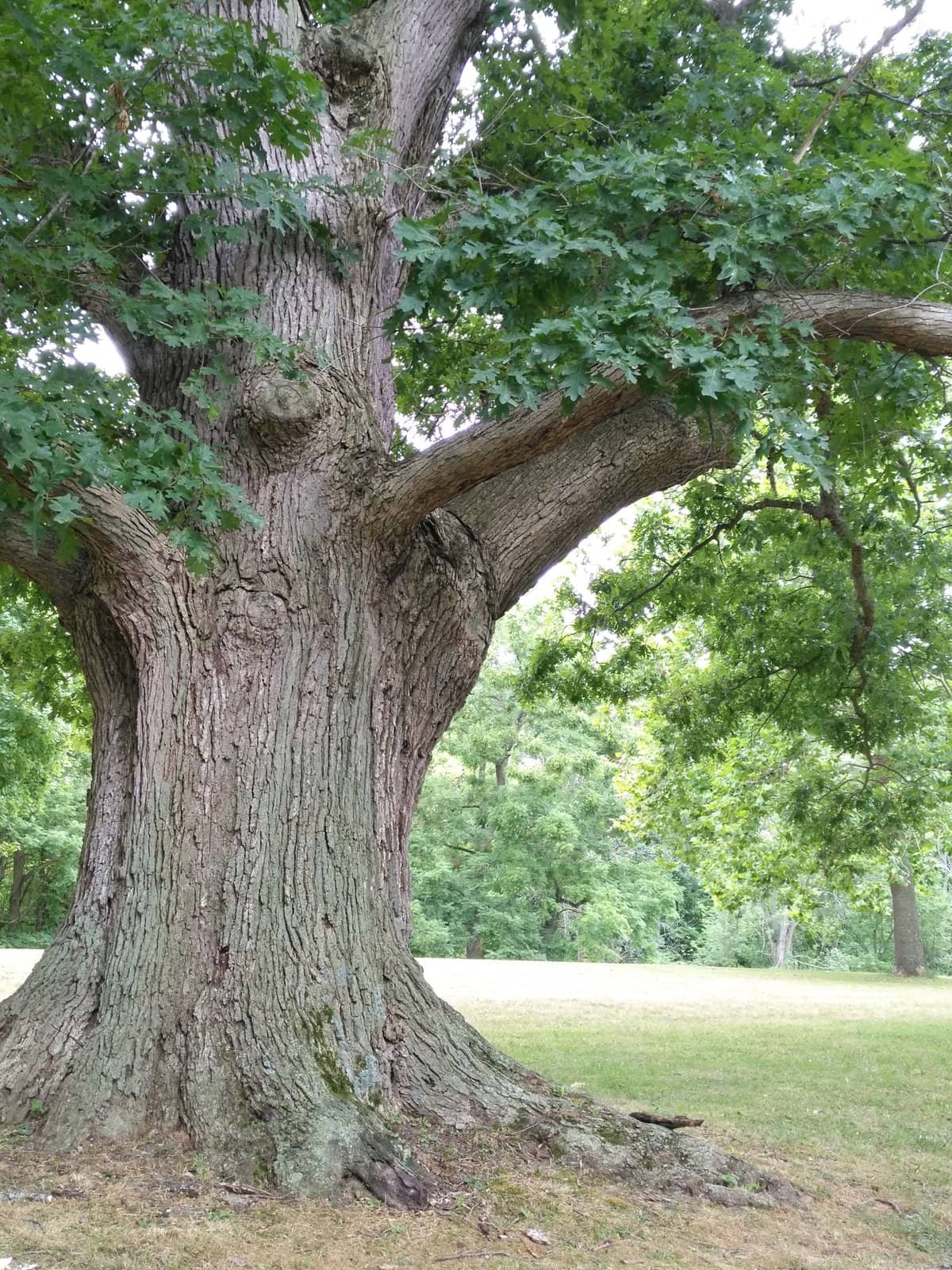There is something magical about trees.
Trees have long been used as symbols in many cultures and religions. For some, they are a symbol of life, growth, and flourishing.
They can represent the progress of one’s spiritual journey and can represent strength, stability, and wisdom.
For me, when I have some spare time, there is nothing I love more than going for a walk along the Niagara Escarpment or on other trails such as Malcolmson Eco Park just over the canal in St. Catharines.
Somehow, by the time you’re done your hike, your troubles just don’t seem to be as big as when you started and stress levels have come down.
Sometimes, all it takes is just pulling off the road for 20 minutes, say along the Niagara Parkway, parking under a giant red oak tree and taking in its beauty.
It is a great opportunity to take time to get away from noise and distractions and to meditate or maybe even do some journalling.
It is that quiet time that you need to have just to be alone with your own thoughts. It is a time to rejuvenate and feel refreshed.
There is more and more information out there about a newer practice called “forest bathing.”
The Japanese practice of shinrin-yoku, commonly translated to English as “forest bathing,” has been well documented and studied.
Japan’s forestry ministry coined the term in 1982, as part of an effort to promote public health as well as forest conservation, formally branding a concept that already had deep roots in Japanese culture.
The Japanese government spent about $4 million on shinrin-yoku research between 2004 and 2012, and the country now has at least 62 official forest therapy sites “where the relaxing effects have been observed based on scientific analysis conducted by a forest medical expert.”
Those sites draw millions of visitors every year, but you do not have to spend time in “an approved forest therapy site” to benefit from the effects of spending time surrounded by trees.
Here are just a few benefits that you will experience:
One of the most noted effects of forest bathing is that it provides stress relief.
Even just sitting underneath the canopy of a tree can lower your levels of cortisol, the body’s primary stress hormone.
What a great way to destress after a tough day at work, by going for a walk in a forested area.
Another benefit one can get by spending time surrounded by trees is that it will lower your pulse rate and blood pressure.
A 2010 study published by Environmental Health and Preventive Medicine stated that forest bathing was responsible for significant drops in the average pulse rate by 6 per cent.
Spending time in the presence of trees can even strengthen your immune system. It has been repeatedly shown to enhance the activity of natural killer cells and enhance anti-cancer proteins.
Natural killer cells are a key part of the body’s innate immune system, prized for attacking infections and guarding against tumors.
In a 2007 study, nearly all participants had roughly 50 percent higher natural killer cell activity after a three-day forest trip, a benefit that lasted anywhere from a week to more than a month in follow-up research.
Another benefit of being out in nature is sleeping better. In a 2011 study, a two-hour walk in a forest could significantly lengthen and deepen your quality of sleep, especially for people with insomnia.
The effect, which was stronger from afternoon walks than morning walks, is likely due to both the exercise and an emotional improvement by walking in forested areas.
Spending time among trees can make a big difference for people with chronic, widespread pain, according to a 2016 study published in the International Journal of Environmental Research and Public Health.
People in the study who took a two-day forest therapy retreat not only showed lower heart rates, and lower stress levels, but also reported significant decreases in pain and depression and a significant improvement in health-related quality of life.
We are in a time when mental health issues are sharply rising. There is a definite need for people to find ways to lower their stress levels and an outlet to process their thoughts.
What better way is there than spending time out in nature, appreciating the beauty around us, soaking up some sun and getting some exercise at the same time?
Joanne Young is a Niagara-on-the-Lake garden expert and coach. See her website at joanneyoung.ca.











